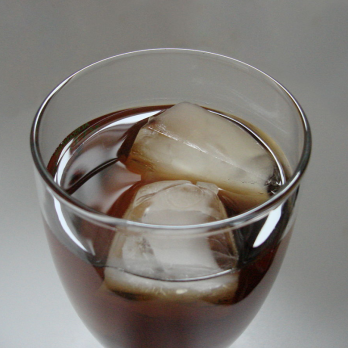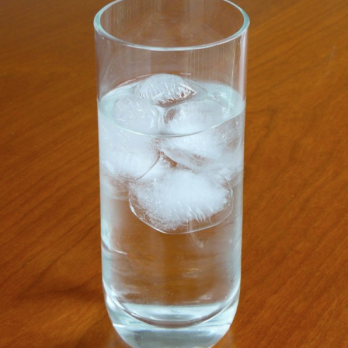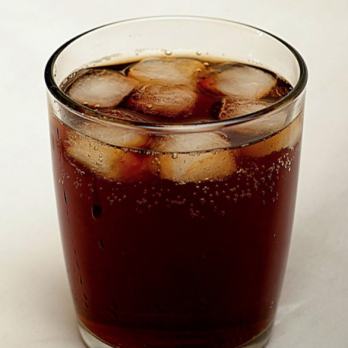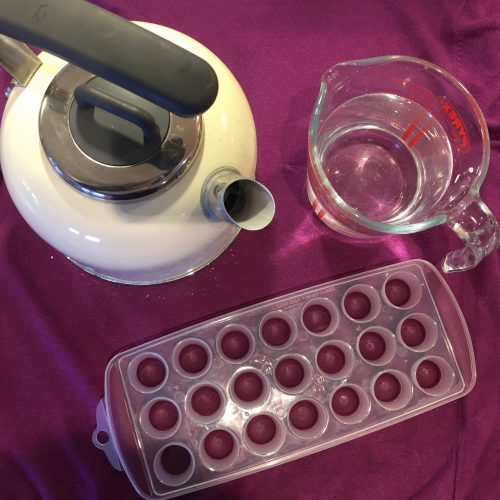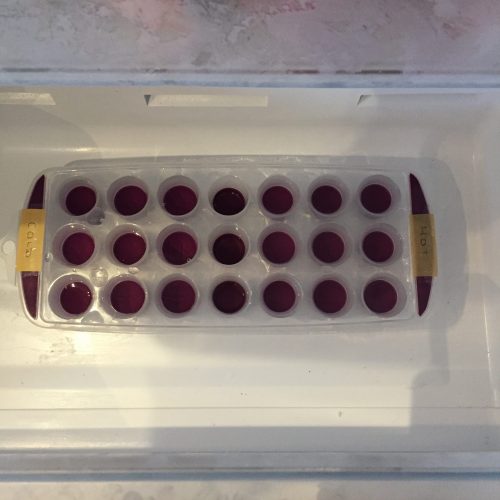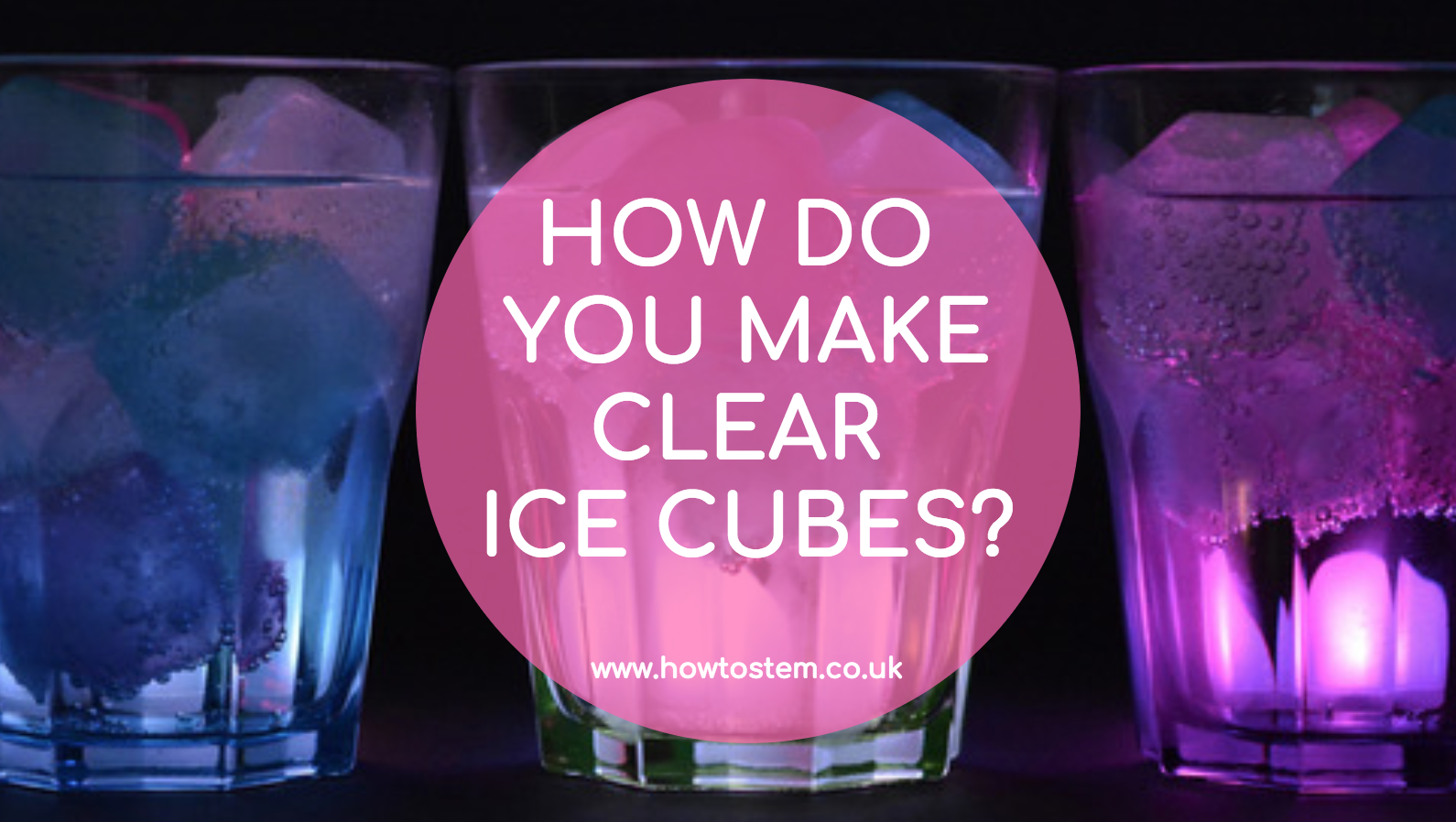
When it comes to making ice cubes I suspect we all have a similar technique: run the cold tap, fill up the ice cube moulds with cold water, pop in the freezer for a few hours and then remove as needed. In doing this, have you ever stopped to notice that the ice cubes you create are cloudy? In fact, they may well look like these images below:
Which got me thinking….
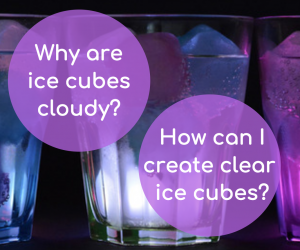
The answer is simple and it has a lot to do with both the temperature of the water used to create the ice cubes and the way that the ice is frozen.To demonstrate this I’ve conducted a little experiment.
The Experiment
STEP 1: Take an ice cube tray and fill it with two different temperatures of water. Fill half the tray with water taken directly from the cold tap. Meanwhile the other half of the tray is filled with boiling water, straight from the kettle. Note: recently boiled water rather than water from the hot tap is best for demonstrating this. Adult supervision will be needed when trying this activity with children.
STEP 2: Carefully place your tray on a flat surface in the freezer. Make sure you’ve made a note of which end contains hot water and which contains cold!
STEP 3: Leave for a few hours, then remove and pop the ice cubes out to see the results!
What Are We Learning?
Boiling removes air bubbles from the liquid, allowing the water molecules to stick together even harder in the freezer. Removing these air bubbles also reduces the risk of the ice cube cracking or breaking into smaller pieces, meaning your drink stays colder for longer!
When we place the ice cube tray into the freezer, the water in the ice cube tray freezes at the outside of the cube first. This is the first part to cool down in the cold air of your freezer. As the water freezes, it pushes any impurities into the unfrozen part of the water. This means that any cloudiness is pushed to the centre of the ice cube as this is the final area to freeze. One way to counteract this is to use a technique called ‘directional freezing’ where the ice is frozen on one side first so all the cloudiness is pushed in the same direction. For example, if you freeze the ice from the top downwards then the cloudiness is pushed to the bottom, where it can then be chipped off to create a perfectly clear ice cube.
Next time you’re out at a restaurant, take a look at the ice cubes in your drink to see how clear they are!





